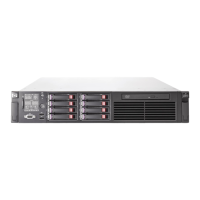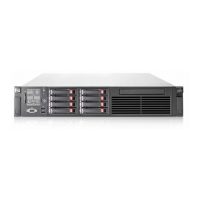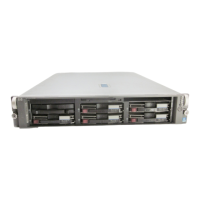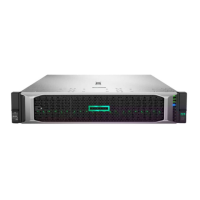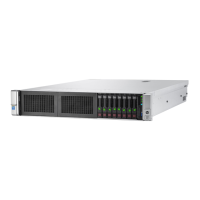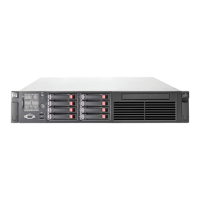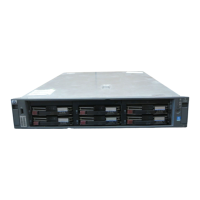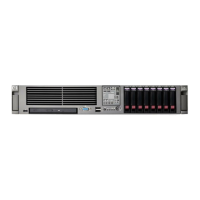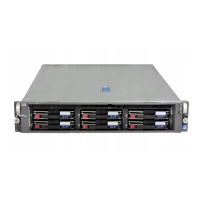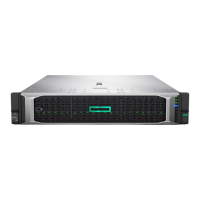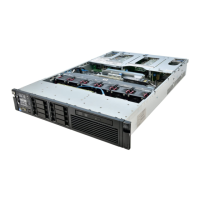5 File server managemen t
This chapter begins by identifying new or improved file services in Windows Storage Server 2003 R2. The
remainder of the chapter describes the many tasks and utilities that play a role in fi le server management.
New or improve
d file services f eatures in Windows Storage
Server 2003 R2
Distributed File System
The Distributed File System (DFS) solution in Windows Storage Server R2 provides simplified, fault-tolerant
access to files and WA N-friendly replication. DFS consists of two technologies:
• DFS Namespaces, formerly known as Distributed File System, allows administrators to group
shared folders loc ated on different servers and present them to users as a virtual tree of folders
known as a namespace. A namespace provides numerous benefits, including increased
availability of data, load sharing, and simplified data migration.
• DFS Replication, the successor to File Replication Service (FRS), is a new state-based, multi-master
replication engine that supports scheduling and bandwidth throttling. DFS Replication uses a new
compression a lgorithm known as Remote Differential Compression (RDC). RDC is a “diff over
the wire” protocol that can b e used to efficiently update files over a limited-bandwidth network.
RDC detects insertions, removals, and rearrangements of data in files, enabling DFS Replication
to replicate o nly the deltas (changes) when files are updated.
The HP Storage Server Management Console provides access to DFS management tasks.
HPProLiantDL380G5StorageServer
51
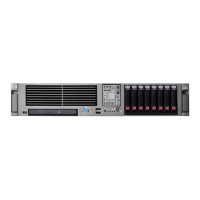
